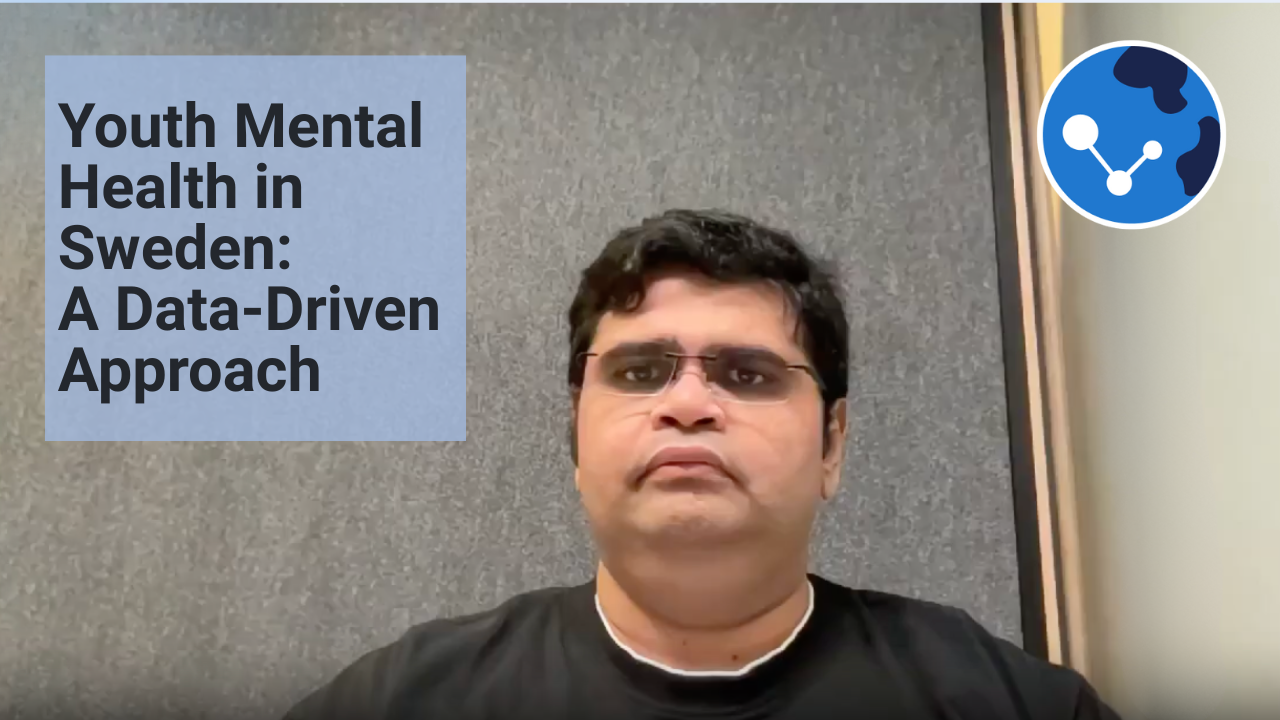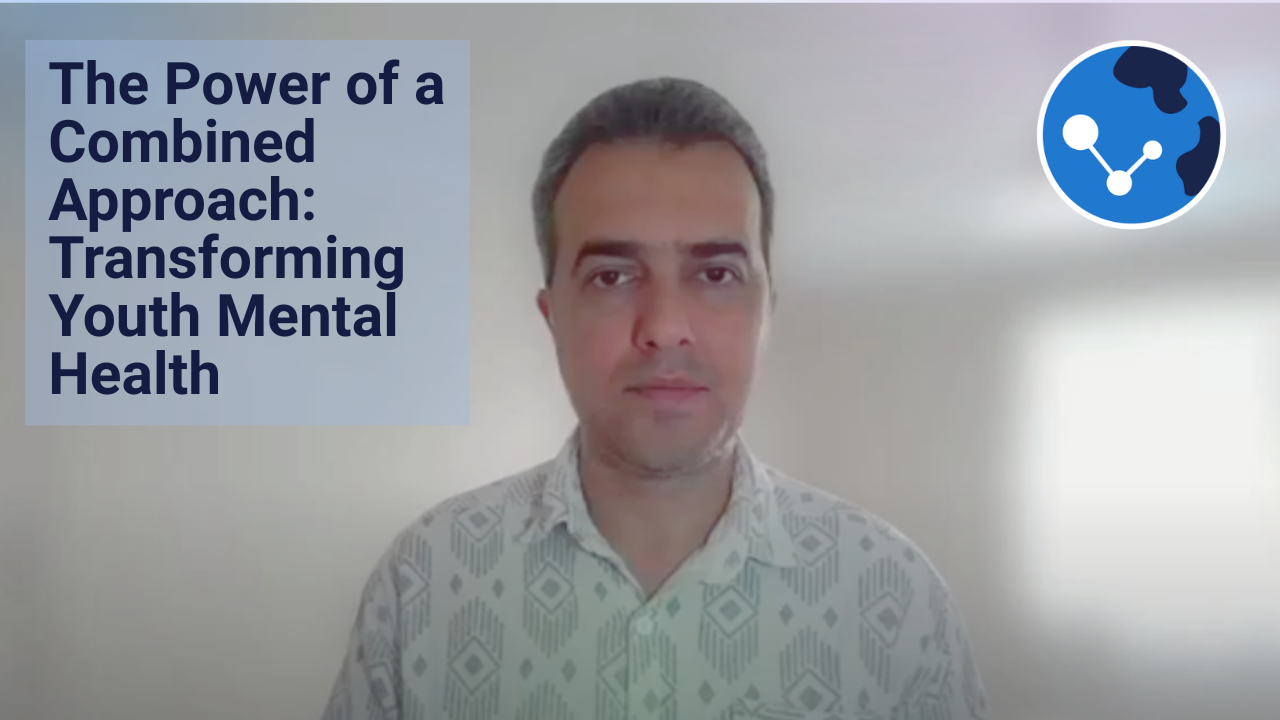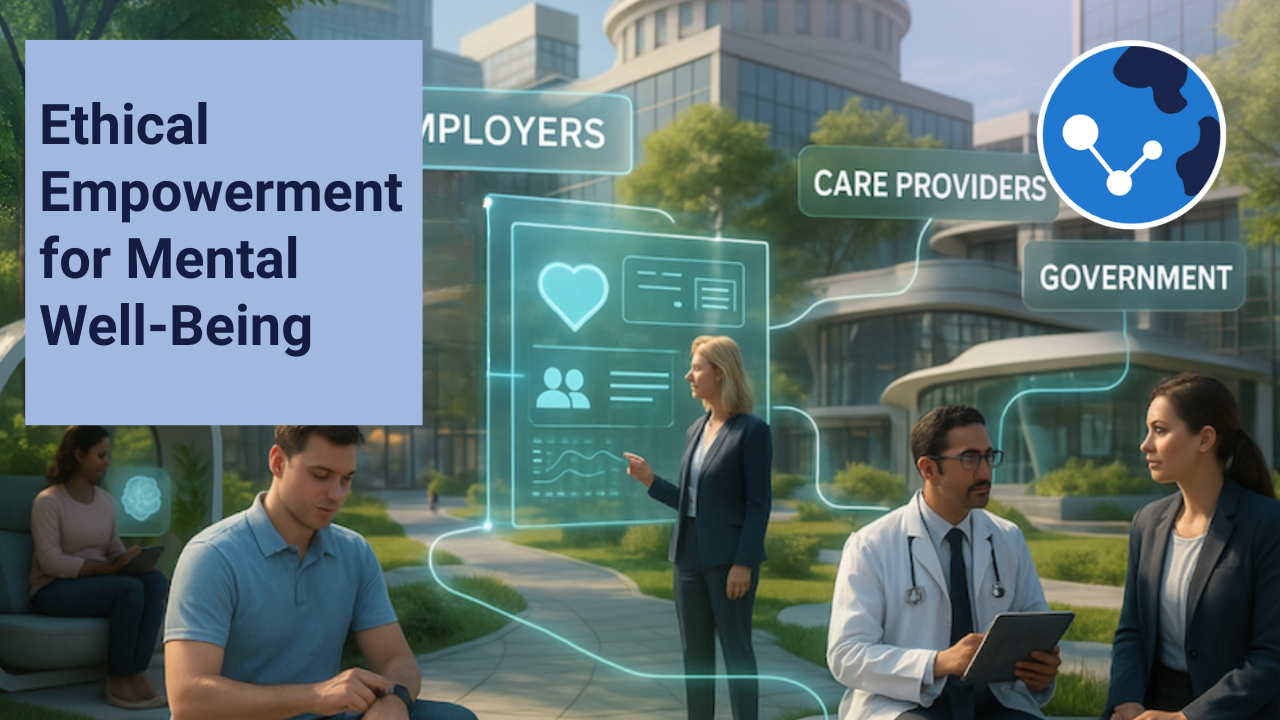Unlocking a Clearer Picture of Youth Mental Health

Promoting the mental well-being of young people is a top priority for municipalities in Sweden and around the world. It’s seen as one of the most effective ways to ensure a high quality of life for future generations and manage healthcare costs. However, mental well-being is influenced by a complex web of factors, and different municipal departments often collect different kinds of data, making it difficult to get a complete picture.
Harsha Krishna, a PhD student from the KTH Royal Institute of Technology in Sweden, is helping to solve this challenge. In a paper published in the Online Journal of Public Health Informatics titled “Issues in Identifying Strategies for Youth Mental Well-Being in Stockholm Municipalities Using Participatory Sessions and Text Mining: Qualitative Study”, Harsha and his team presented a unique methodology for identifying strategies to promote youth mental well-being by bringing together a diverse group of stakeholders and a powerful set of data visualizations.
Bridging the Gaps with Data
The research team used a data fusion technique to combine information from various departments and data sources. They then transformed this data into visualizations and dashboards, which served as powerful "boundary objects." These are cognitive tools that help bridge knowledge gaps from specialized and siloed parts of a health delivery system. This approach allowed for a collaborative and comprehensive discussion about youth well-being.
The team then brought together experts from different parts of the municipalities—including physical education, pedagogy, and administration—in a series of participatory workshops. During these sessions, the stakeholders used the data visualizations to discuss their local observations and even request new data to cross-reference their own experiences. For example, an educator might ask to see if attendance data correlated with physical health records to better understand the connection between school presence and mental well-being.
From Data to Dialogue
This innovative method allowed municipal experts to move beyond their individual departmental perspectives and engage in cross-departmental dialogue. By analyzing the transcripts from these workshops, the researchers were able to identify the top priorities for different groups within the municipalities.
The study showed that priorities for promoting youth mental well-being varied significantly between municipalities, underscoring the importance of a locally contextualized approach. The data-driven visualizations proved instrumental in helping stakeholders identify and bridge knowledge gaps. They also noted that this method could help them maintain long-term, sustainable collaboration and even improve how they collect data for future surveys.
The team chose to publish their work in the Online Journal of Public Health Informatics for three main reasons: its strong impact factor, its acceptance of cross-disciplinary research, and its reputation for a quick review process. This was the ideal venue to share a new method that can help communities create a more holistic and data-informed strategy for mental health promotion.
Interested in learning more about this innovative data-driven approach to mental health? Watch the video to hear Harsha Krishna explain his team's methodology, and read the full research article to explore the detailed findings.
Subscribe Now


